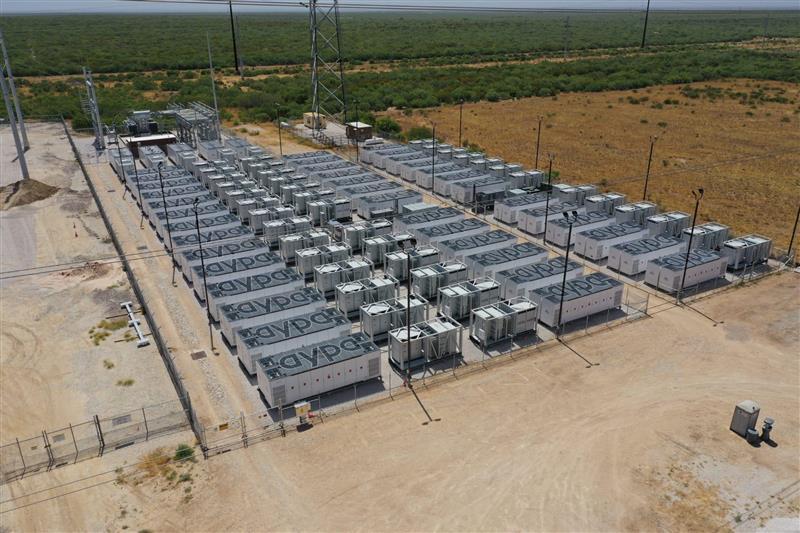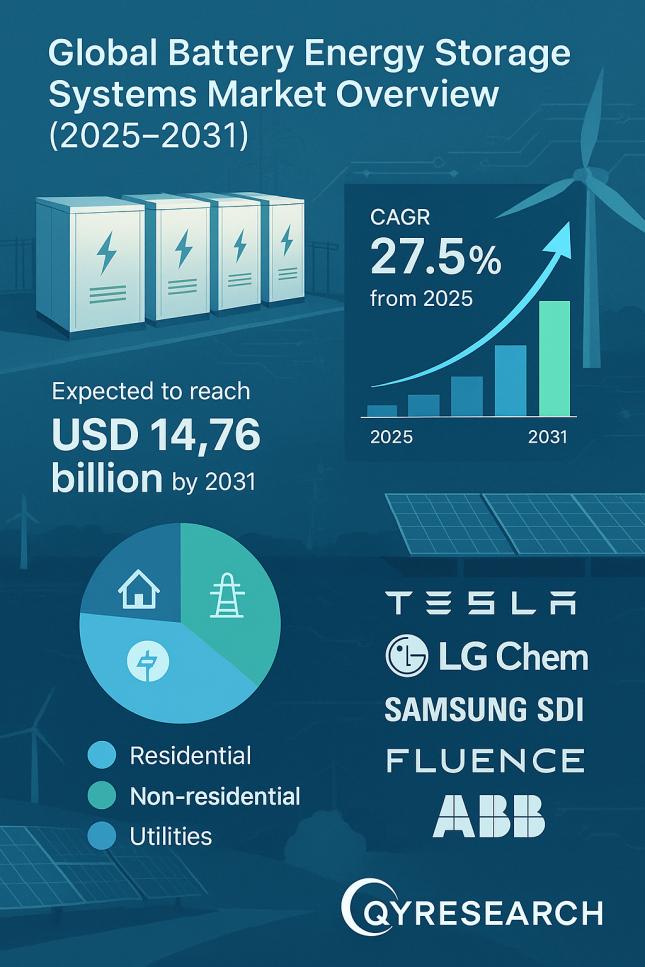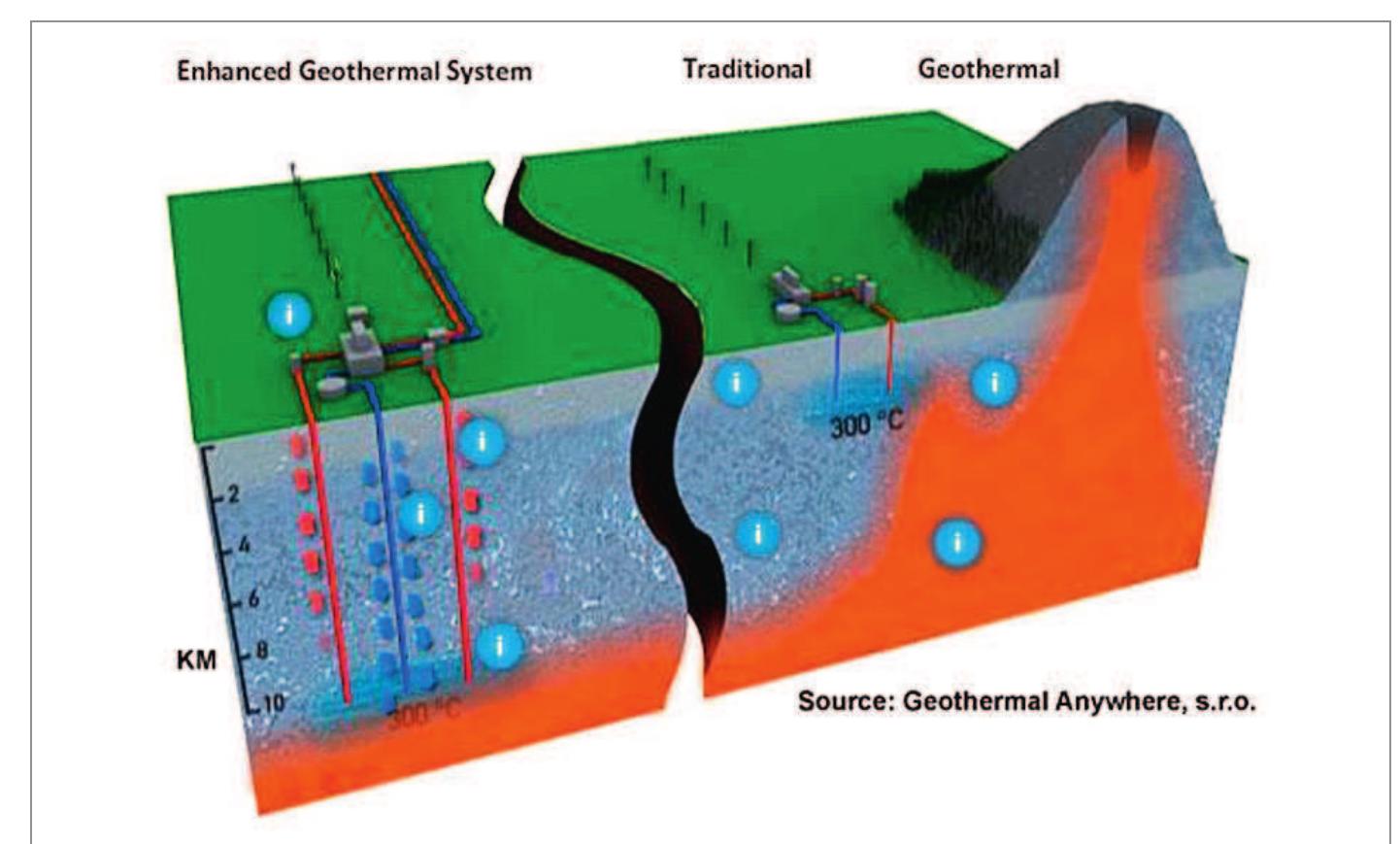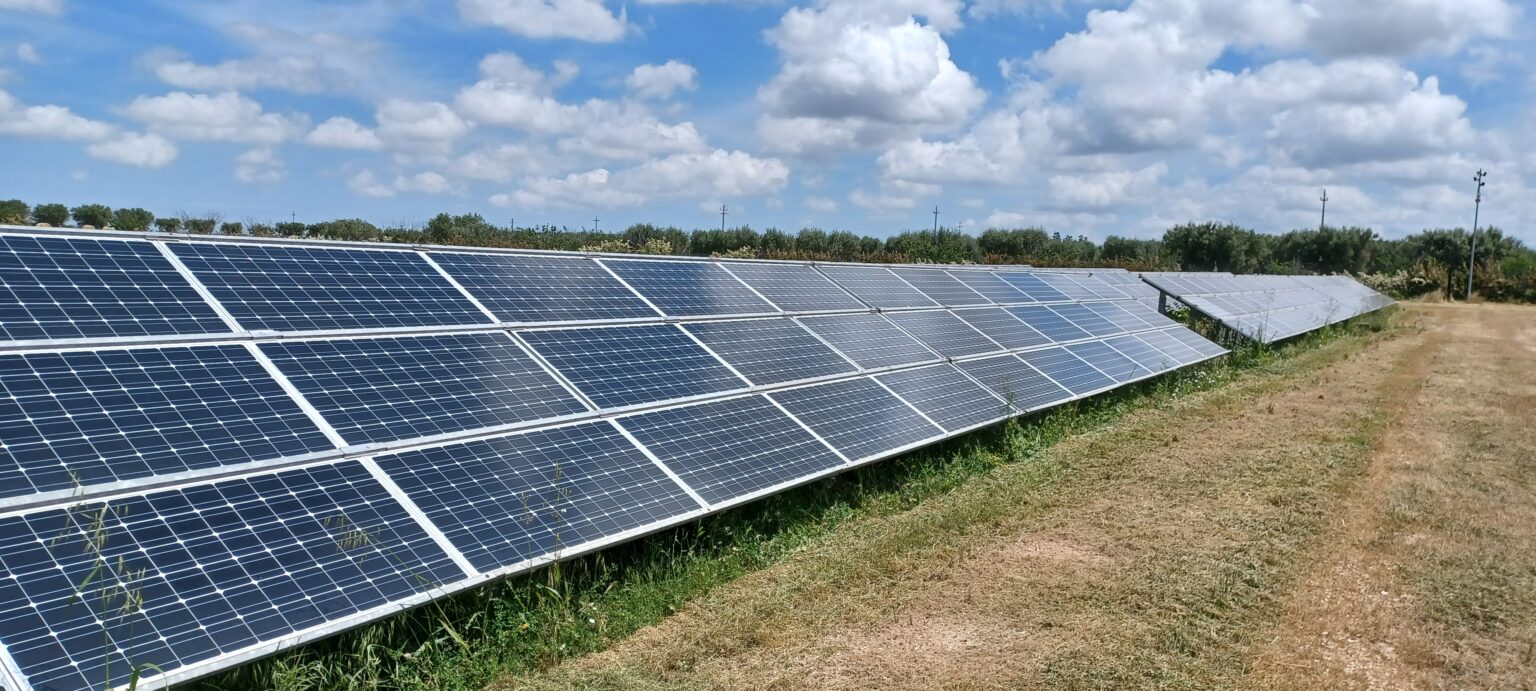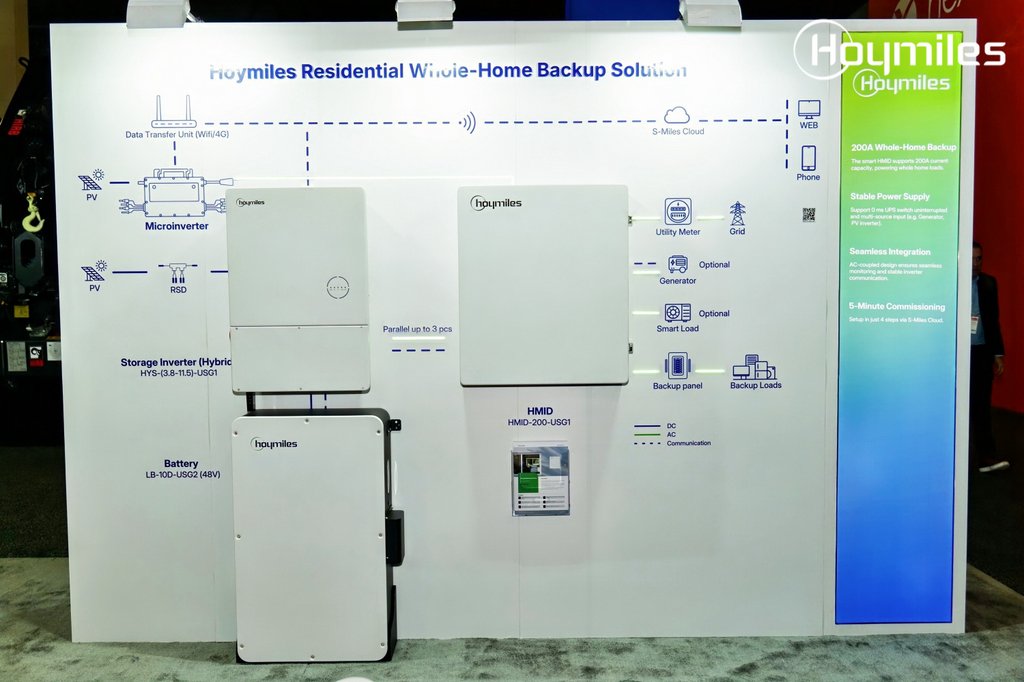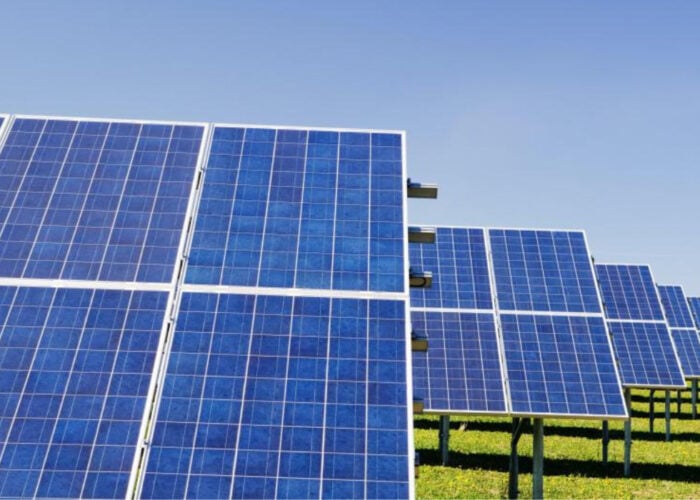Report on the ‘Escape’ Solar-Plus-Storage Project and its Contribution to Sustainable Development Goals
1.0 Executive Summary
Estuary Power has announced the commencement of operations for its ‘Escape’ project in Lincoln County, Nevada. This large-scale renewable energy facility integrates a 185MW solar farm with a 400MWh Battery Energy Storage System (BESS). The project is a significant step forward in providing clean energy to major commercial clients, including Las Vegas casinos, and directly supports the advancement of several United Nations Sustainable Development Goals (SDGs).
2.0 Project Specifications
- Project Name: Escape Project
- Operator: Estuary Power
- Location: Lincoln County, Nevada, USA
- Solar Capacity: 185 megawatts (MW)
- Energy Storage Capacity: 400 megawatt-hours (MWh)
- Status: Fully operational
3.0 Contribution to Sustainable Development Goals (SDGs)
The Escape project provides a tangible impact on key global sustainability targets through its design and function.
-
SDG 7: Affordable and Clean Energy
- The project substantially increases the proportion of renewable energy in the regional grid by generating 185MW of clean solar power.
- The 400MWh BESS ensures a reliable and stable supply of clean energy, addressing the intermittency of solar power and enhancing grid resilience.
-
SDG 13: Climate Action
- By displacing fossil fuel-based power sources, the facility directly contributes to the reduction of greenhouse gas emissions.
- It serves as a critical infrastructure project for climate change mitigation, supporting Nevada’s transition to a low-carbon economy.
-
SDG 11: Sustainable Cities and Communities
- The project supplies sustainable power to the high-demand urban center of Las Vegas, supporting the energy needs of its significant commercial and tourism sectors.
- It enhances the sustainability and resilience of the city’s energy infrastructure.
-
SDG 9: Industry, Innovation, and Infrastructure
- The co-location of a large-scale solar farm and a BESS represents an investment in innovative, resilient, and sustainable infrastructure.
- This model of energy generation and storage promotes industrial adoption of clean technologies and modernizes the energy sector.
-
SDG 8: Decent Work and Economic Growth
- The project fosters sustainable economic growth by providing reliable, clean power to a major economic hub.
- It supports the creation of jobs within the renewable energy sector, contributing to a green workforce.
4.0 Conclusion
The operational launch of Estuary Power’s Escape project marks a significant achievement in the deployment of renewable energy solutions. Its direct support for major commercial enterprises with clean power demonstrates a viable pathway for aligning industrial energy consumption with critical Sustainable Development Goals. The project stands as a powerful example of how targeted investments in green infrastructure can accelerate progress towards SDG 7, SDG 9, SDG 11, and SDG 13.
Analysis of Sustainable Development Goals (SDGs) in the Article
1. Which SDGs are addressed or connected to the issues highlighted in the article?
-
SDG 7: Affordable and Clean Energy
This is the most prominent SDG addressed. The article focuses on the commencement of a 185MW solar power project, which directly contributes to the generation of clean energy. The inclusion of a 400MWh Battery Energy Storage System (BESS) also addresses the reliability and affordability aspect by ensuring a stable power supply from an intermittent source like solar.
-
SDG 9: Industry, Innovation, and Infrastructure
The project represents a significant investment in sustainable and resilient infrastructure. The combination of solar power with a large-scale battery storage system is an innovative solution for modernizing the energy grid. This infrastructure supports economic activity by providing reliable, clean power to commercial enterprises like Las Vegas casinos.
-
SDG 11: Sustainable Cities and Communities
By providing clean energy to power a major urban hub like Las Vegas, the project contributes to making the city more sustainable. It helps reduce the urban area’s reliance on fossil fuels, thereby decreasing its environmental footprint and contributing to cleaner air.
-
SDG 13: Climate Action
The core purpose of a solar power project is to generate electricity without producing greenhouse gas emissions. This project is a direct action against climate change by increasing the capacity of renewable energy and displacing energy that would otherwise be generated from fossil fuels.
2. What specific targets under those SDGs can be identified based on the article’s content?
-
Target 7.2: Increase substantially the share of renewable energy in the global energy mix.
The article explicitly states the project adds 185MW of solar power capacity. This is a direct contribution to increasing the proportion of renewable energy in the regional energy mix of Nevada.
-
Target 7.a: Enhance international cooperation to facilitate access to clean energy research and technology… and promote investment in energy infrastructure and clean energy technology.
The “Escape project” itself is a tangible outcome of investment in clean energy infrastructure. The deployment of a 400MWh BESS alongside a solar farm showcases the promotion and application of advanced clean energy technology.
-
Target 9.4: Upgrade infrastructure and retrofit industries to make them sustainable… with greater adoption of clean and environmentally sound technologies.
The project provides a clean power source for industries (casinos in Las Vegas), facilitating their transition to more sustainable operations. It represents an upgrade to the energy infrastructure that serves these industries.
-
Target 11.6: Reduce the adverse per capita environmental impact of cities.
By supplying Las Vegas with 185MW of solar power, the project helps reduce the overall environmental impact associated with the city’s energy consumption, which is a key component of this target.
3. Are there any indicators mentioned or implied in the article that can be used to measure progress towards the identified targets?
-
Indicator for Target 7.2: Renewable energy share in the total final energy consumption.
The article provides specific quantitative data that can be used for this indicator. The “185MW solar” capacity and the “400MWh BESS” capacity are direct measures of the increase in renewable energy infrastructure, which in turn increases the renewable energy share.
-
Indicator for Target 9.4 (Implied): CO2 emission per unit of value added.
While not explicitly stated, the article implies a reduction in CO2 emissions. The generation of 185MW of solar power directly displaces fossil fuel-based energy, which would lower the CO2 emissions associated with the economic activity of the casinos it powers. The project’s capacity is a proxy indicator for this reduction.
-
Indicator for Target 7.a (Implied): Investment in clean energy technology.
The existence and operational commencement of the “Estuary 400MWh solar-plus-storage project” is a direct indicator of financial investment in clean energy infrastructure and technology, even though the exact dollar amount is not mentioned.
4. Summary Table of SDGs, Targets, and Indicators
| SDGs | Targets | Indicators |
|---|---|---|
| SDG 7: Affordable and Clean Energy | 7.2: Increase substantially the share of renewable energy in the global energy mix. | Specific Data: The project adds 185MW of solar capacity and 400MWh of battery storage, directly contributing to the renewable energy share. |
| SDG 9: Industry, Innovation, and Infrastructure | 9.4: Upgrade infrastructure and retrofit industries to make them sustainable… with greater adoption of clean and environmentally sound technologies. | Implied Indicator: Reduction in CO2 emissions per unit of economic value by powering industries (casinos) with clean energy. |
| SDG 11: Sustainable Cities and Communities | 11.6: Reduce the adverse per capita environmental impact of cities. | Implied Indicator: Reduction in pollution from the energy sector supplying a major city (Las Vegas). |
| SDG 13: Climate Action | 13.2: Integrate climate change measures into national policies, strategies and planning. | Tangible Outcome: The project itself serves as an indicator of the implementation of climate-friendly policies and strategies. |
Source: energy-storage.news
